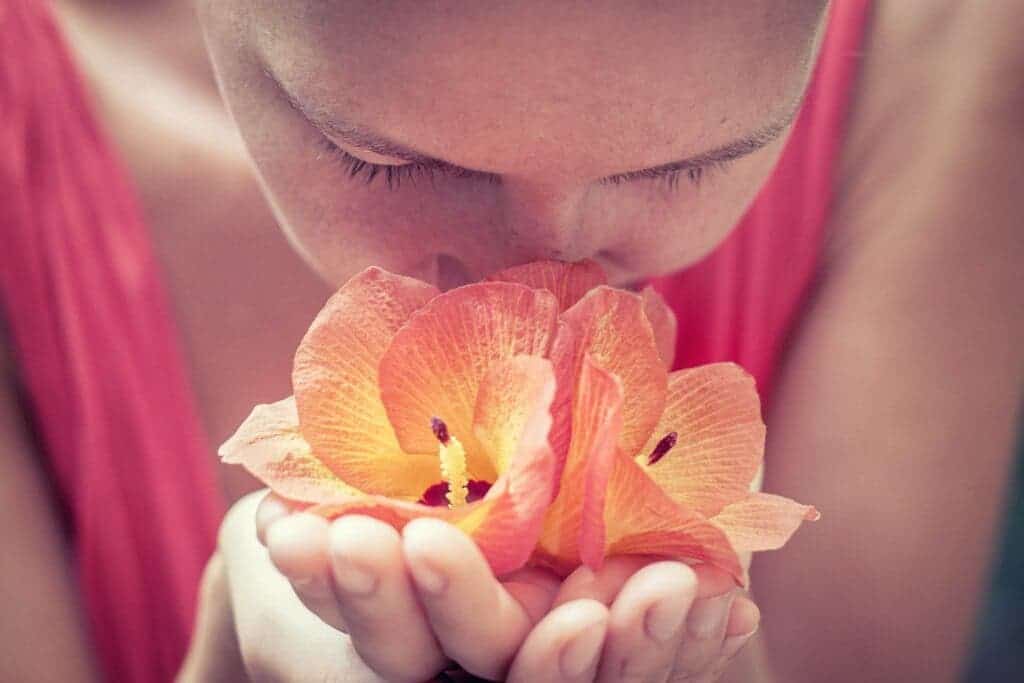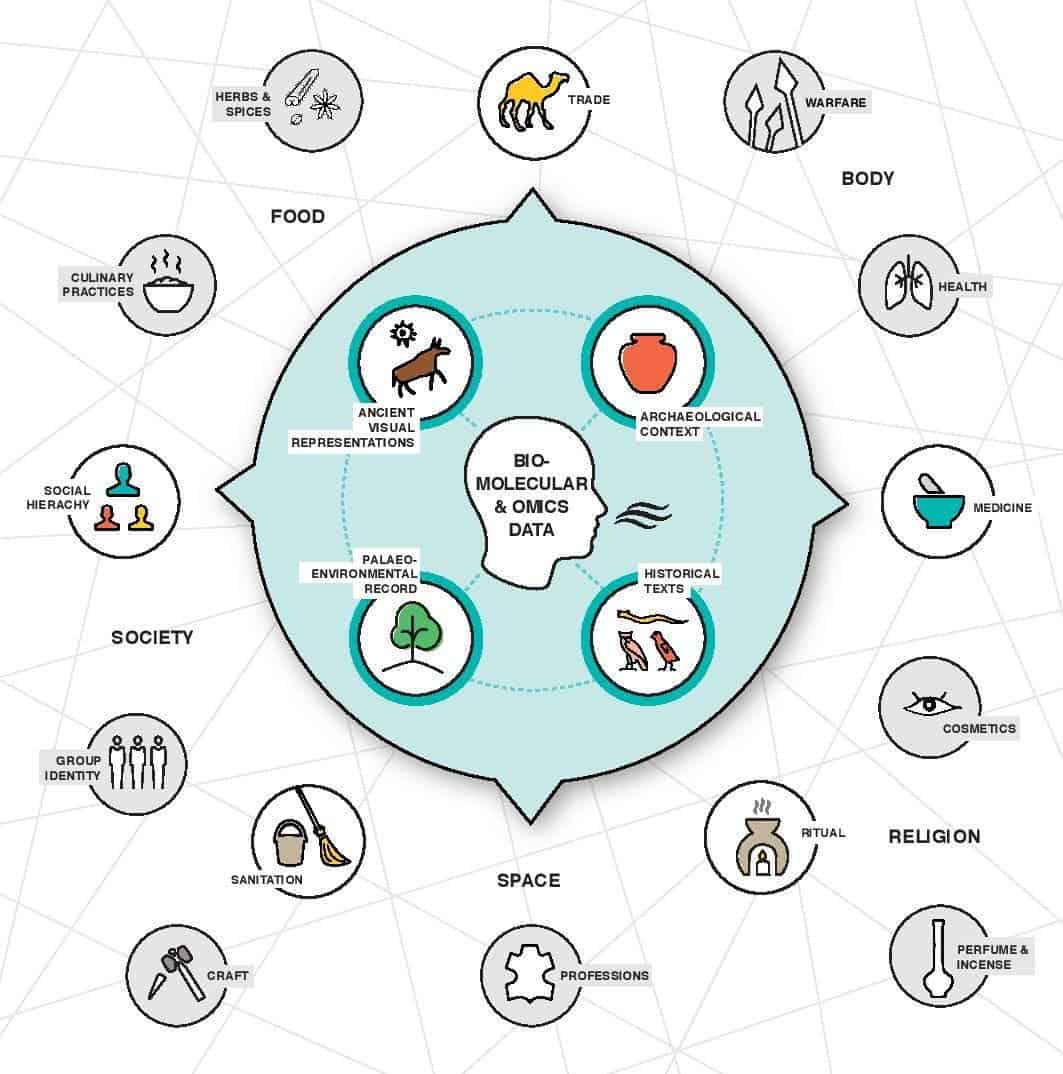If you’re curious about human history and your smelling sense is still working fine (which is a luxury in the COVID-19 pandemic), then you just got lucky. Scientists at Germany’s Max Planck Institute (MPI) for the Science of Human History are discovering ways to reconstruct past scents by studying the biomolecular composition of preserved organic matter. Their recent findings, published in Nature, reveal that the scent from protected archaeological residues can provide crucial information about the lifestyle, behavior, and even social structure of ancient civilizations.

The sense of smell is powerful yet underrated
We look at the world around us and we see its shape and color. We can hear it move around, and we can smell it. But while we can discover ancient artifacts and structures and we can visualize them, figuring out their scent has eluded us until now.
Scent is tightly connected with our society, and it was no different in the past, lead researcher Barbara Huber told ZME Science.
“By analyzing past smell, we can better understand many different aspects of ancient lifeways, such as perfumery and cosmetics, hygiene, sanitation, and medicine, but also culinary practices and social hierarchy. For example, in the past, not everyone had access to precious goods such as exotic spices or aromatics, as they were luxury and expensive goods. In Ancient Egypt, for example, some scents were reserved only for the Pharaoh, whereas other scents were associated with the lower class,” the researcher notes.
Previously other scholars, historians, and researchers have also highlighted the importance of scent in studying past human experiences. For instance, scholar Stephanie Weissman from the University of Vienna believed in a concept called sensory history, which suggests that senses like smell can tell us about past culture and politics. History professor Connie Y. Chiang at Bowdoin College, Maine, also said in his 2004 research paper, “by paying closer attention to the smells that filled the air, historians can literally sniff out complex social, political conditions or conflicts.”
Another academic, Victoria Henshaw, wrote in her book Urban Smellscapes that scents are not given much importance as compared to other senses, but they share an unparalleled connection with human memory. Professor Nicole Boivin, the senior research partner of Huber at the Max Planck Institute also believes that “scent is a powerful and underappreciated aspect of human experience”, and it has the power to remind us of things from our past.
However, the study of past societies using olfactory properties is not easy as it sounds.

Smell ya later
Figuring out what past societies may have smelled like requires the reconstruction of ancient scents from preserved archaeological artifacts using proteomics and metabolomics — two complex methods concerned with the detailed study of biomolecules such as proteins and metabolites respectively. By leveraging these techniques, researchers can open up a whole new door to archaeologists, so the effort is more than worth it.
According to Huber, these biomolecules “are part of scented substances that were used in the past to create smells, such as burning incense.” They help analyze “tiny traces of the incense material that is still preserved in archaeological artifacts. This enables us to identify the burned substance, e.g. frankincense, and reconstruct the smell,” she adds.
Moreover, the research paper highlights that the significance of scent for humankind can also be understood by looking at the arduous efforts (found in historical records) that kings, traders, and merchants used to make for the long-distance exchange of aromatic goods (such as perfumes, spices, herbs, etc) in the past. For example, in the 1500s, when the modes of transport were not as comfortable, safe, and fast as those found today, the Portuguese and European traders traveled to far-off countries like India, Japan, and China to capture the spices market.
“Scent is a powerful and underappreciated aspect of human experience,” notes Professor Nicole Boivin, senior author of the study and Director of the Department of Archaeology at the MPI Science of Human History, in a press release. “Smells reach our brain fairly directly and motivate us in critical ways – whether to avoid danger, identify something that is good for us, or remember something from our past, for example.”
Our sense of smell is definitely underrated when it comes to how we experience the world around us, and we take it for granted too often. An interesting study conducted by McCann Worldgroup in 2011 on 7,000 subjects revealed that if individuals in the age group of 16 to 30 years had to choose between their Facebook account and sense of smell, then 53% would sacrifice their olfactory senses. Would you make the same choice?









